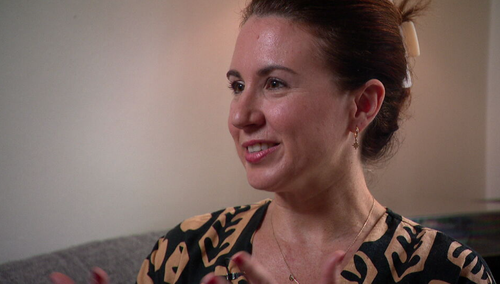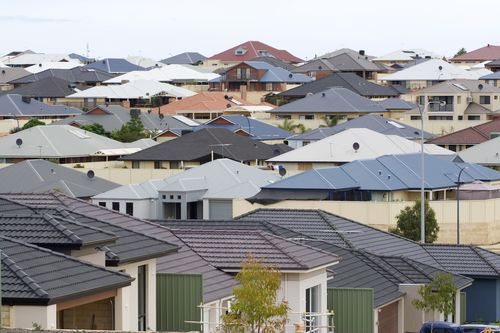New research from Westpac shows more than half of first home buyers are considering buying an investment property before a home of their own.
It’s called “rentvesting” – but do the numbers stack up for all?
Zoe Carey has lived in an apartment in Sydney’s Neutral Bay for more than 13 years.

She rents, but she’s also a landlord.
Carey and her partner bought a home in Albury, in southern NSW, three years ago
The couple decided to “rentvest”, meaning they live where they want, and buy where they can afford – a strategy to help them one day crack into their local market.
“We couldn’t get a 20 per cent deposit for a place in Sydney, and so with the savings that we had, it made sense to purchase a home,” Carey told 9News.
Between 2020 and 2024, the value of Westpac’s investment loan applications from first home buyers has more than doubled.

So what’s so good about rentvesting?
The rental income helps pay off your investment loan, and then there are the potential tax perks.
Unlike home ownership, investment properties let you claim deductions on expenses like mortgage interest, repairs, depreciation and rates.
If you earn between $45,000 and $120,000, you could get 32 per cent of those costs back by claiming them on your tax return.
Everybody’s financial situation is different, so speak to your accountant first.
One thing to be aware of is capital gains tax eating into your windfall.
“Rentvesting stacks up better if you’re on a higher income and on a higher marginal tax rate,” University of Adelaide lecturer Peter Koulizos said.
“In five, 10, or 15 years when you sell, you’ve got to pay capital gains tax,” he said.
“If it was your own home, you don’t need to pay any tax – so that profit is all tax-free.”
Potential rentvesters also need to keep their rental costs down.






